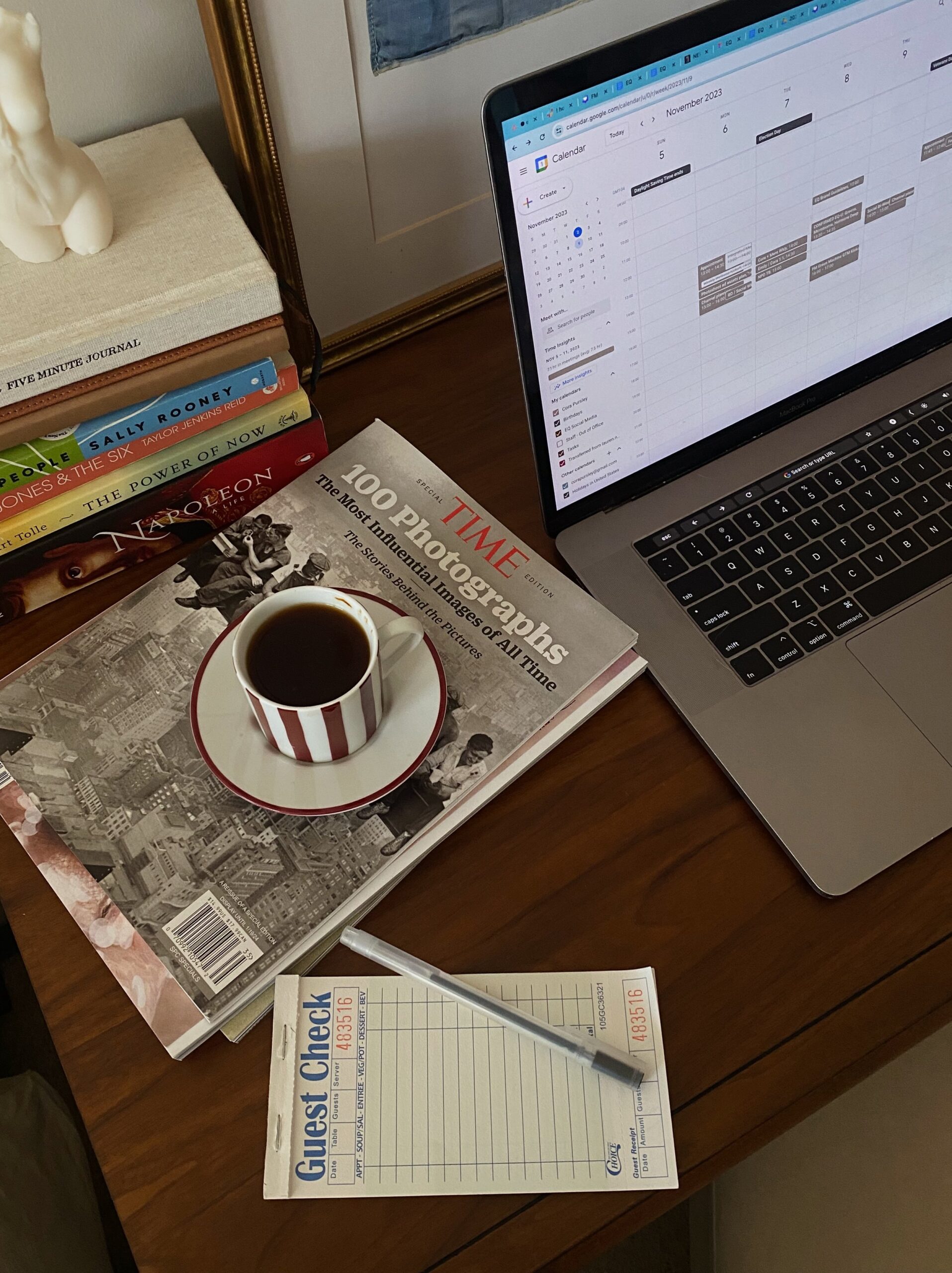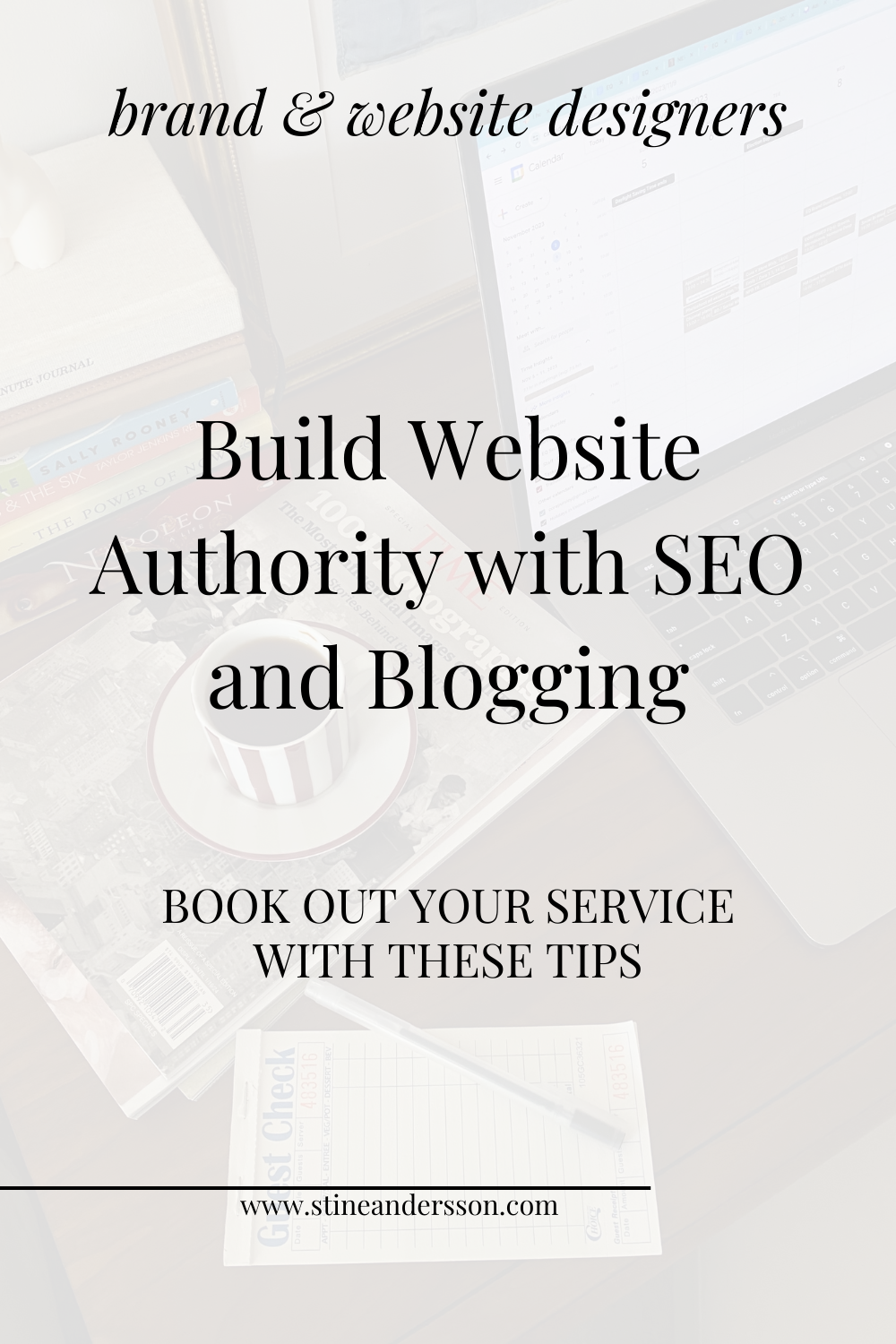In today’s competitive design landscape, attracting new clients can feel like an uphill battle. But what if you could turn your design blog into a magnet for potential clients, consistently bringing qualified leads your way? The answer lies in Search Engine Optimization (SEO). Use SEO to ensure your design blog ranks high in search results. It should rank for the keywords your ideal clients search for. This means more traffic for your site. It also means more brand awareness. And, in the end, more clients for your design business.
Understanding Your Ideal Client
The foundation of a successful design blog SEO strategy starts with understanding your ideal client. Who are you trying to attract? What are their design needs and challenges? By creating a clear buyer persona, you can tailor your content to their specific interests and search queries. This ensures your blog content resonates with the right audience and positions you as the go-to design solution.
Keyword Research: Finding the Keywords Your Clients Search For
Once you understand your ideal client, it’s time to jump into keyword research. This involves identifying the specific phrases and terms potential clients use when searching for design services online. There are numerous free and paid SEO tools available to help you with this process, such as Google Keyword Planner and Ahrefs. Target relevant keywords with high search volume and low competition. Doing so will help you optimize your blog content to attract the right traffic.
Content is King: Crafting Client-Attracting Blog Posts
Now comes the magic – creating valuable content that showcases your design expertise and establishes you as a leader in your niche. Remember, your blog content shouldn’t be purely promotional; it should provide genuine value to your audience. This could involve:
-
In-depth design tutorials: Share your design knowledge and processes through step-by-step guides that address common design challenges your ideal client might face.
-
Curated design resources: Compile valuable resources like design tools, software recommendations, and inspirational design collections.
-
Case studies and client testimonials: Showcase your design skills and problem-solving abilities by featuring successful client projects. Client testimonials add social proof and build trust with potential leads.
-
Industry trends and insights: Stay ahead of the curve by discussing the latest design trends and their implications for your target audience.
As you craft your content, remember to optimize titles, headings, and meta descriptions with your target keywords. However, focus on a natural flow. Use a tone that resonates with your design-savvy audience.
Technical SEO will Making Your Design Blog Shine
Technical SEO ensures your website is search engine friendly and delivers a seamless user experience. Here are some key aspects to consider for design-heavy blogs:
-
Website speed: A slow website can significantly impact your SEO ranking and deter visitors. Optimize image sizes and compress files to ensure your blog loads quickly.
-
Mobile-friendliness: With the majority of web traffic coming from mobile devices, a responsive website design that adapts flawlessly to different screen sizes is crucial.
-
Image optimization: Use relevant keywords in your image alt tags to improve image search visibility. Additionally, ensure images are compressed for faster loading times without sacrificing quality.
Building Backlinks to Showcasing Your Design Authority
Backlinks are essentially links from other websites pointing back to your design blog. They act as a vote of confidence in your content’s value and credibility. The more high-quality backlinks you acquire, the higher your website will rank in search engine results pages (SERPs). Here’s how to build backlinks for your design blog:
-
Guest blogging: Contribute valuable content to design blogs and publications frequented by your target audience. Include a link back to your website in your author bio.
-
Online communities: Actively participate in relevant online design communities and forums. Share your expertise and insights while strategically linking back to your blog posts when appropriate.
-
Leveraging Pinterest: Saves on Pinterest will act as backlinks. That means a strong presence on the platform will increase your authority as well.
Content Promotion: Spreading the Design Word
Creating high-quality content is just one piece of the puzzle. To reach more people, promote your blog posts on popular social media. The best ones for designers are Pinterest, Behance, and Dribbble. Consider working with other designers. You can promote each other to reach a bigger audience.
Conclusion
By implementing these SEO strategies, you can transform your design blog into a powerful client acquisition tool. Remember, SEO is a continuous process, so stay updated on the latest trends and best practices. Creating more valuable content and optimizing your blog better will attract more organic traffic. This traffic will lead to a steady flow of good leads and a thriving design business.



